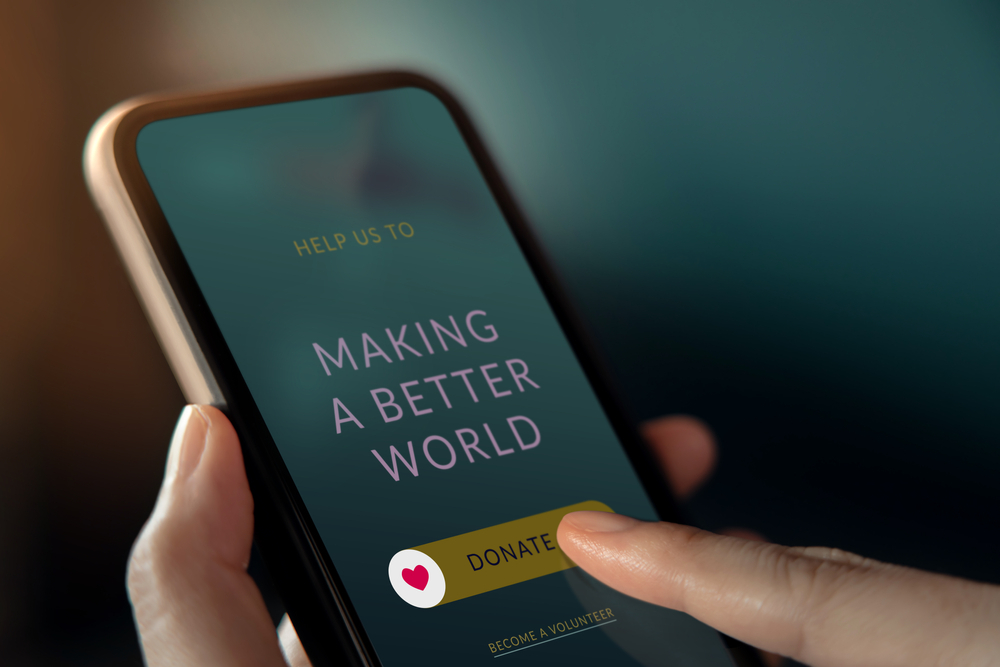When was the last time you got your chequebook out and wrote out a donation to your favourite charity, which was then put in a handwritten envelope, finished with a first-class stamp and posted into a letter box with the innate confidence that it will arrive at its destination in a couple of days’ time?
A revolution in raising funds
In less than a decade, the way in which donations are made has gone through a revolution. In 2016, just 7.2 per cent of individual donations were made online. Since then, there has been an explosion of donation platforms that collectively are generating literally hundreds of thousands of pounds for every different kind of cause. Go Fund Me, DonateFlow, GlobalGiving and Crowdfunder are some of the more well-known. Just Giving, for example, was the chosen platform for Captain Tom Moore, who raised £32.8 million for the NHS by walking 100 laps of his garden by his 100th birthday.
Combined with the dominance of social media platforms in our lives, the opportunity to reach out to more people has also boosted the ability to increase fundraising opportunities. According to one report, Facebook alone was responsible for raising over £1.6 billion for charities in 2019.

Clearing the pathway of obstructions
Of all the discussions, the overwhelming consensus is that the customer journey is the most important element to get right when asking for donations. Generating awareness, bringing eyeballs to the cause, tweaking at the heartstrings… all these marketing efforts are completely wasted if the actual steps to donating are complicated and clunky. The fewer steps that a person needs to take, the better.
If you have got someone to click on the donate button, you want to complete that process as easily and seamlessly as possible. If, for example, there are too many steps to go through before making the final donation, if there are too many choices which leave them with decision anxiety, you are going to lose that donation.
Give them all the tools they need
What you do not want is for them to have to leave your website to sort out their finances before making a donation – the chances are they’ll get distracted and not bother returning. If you are running a Muslim charity that accepts Zakat donations, make sure you include a zakat calculator as part of your donation platform. This way, the potential donor will be able to calculate their obligation then and there, making it more likely that they will proceed to the final ‘check-out’.
Building long-term relationships
Technology enables charities to foster deep-rooted long-term relationships with existing donors, as well as onboard a new generation of donors. Market segmentation software and sophisticated email database technology allow charities to run a series of different marketing campaigns which are highly relevant to different sectors of their customer base, ensuring that the messaging and language used is audience specific.
Through social media, they have the ability to create viral campaigns to raise global awareness, even if your focus is quite narrow. The ALS Ice Bucket Challenge is an example of how one idea quickly accelerated around the globe, involving millions of people filming themselves doing the ice bucket challenge on social media. Everybody was taking part, from global celebrities to small local businesses, and the resulting social media posts gave millions the opportunity to both raise money and generate a bit of positive PR for themselves. As a result, the ALS Association was able to increase its annual funding for research by 187 per cent, resulting in $115 million raised by the challenge. As a result, the Association has made some significant breakthroughs in the fight against ALS.

